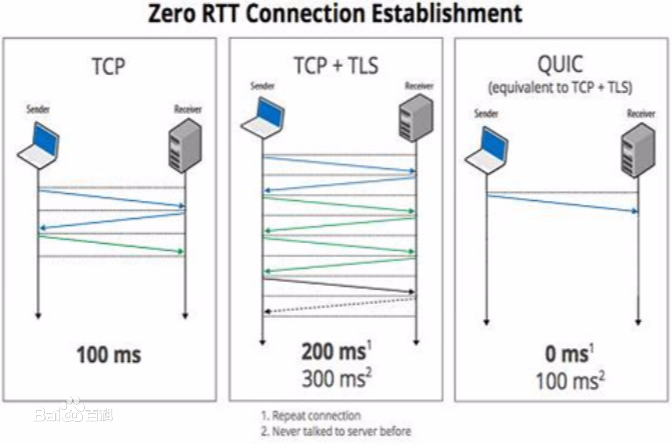Packet losses are common events in today's networks. They usually result in longer delivery times for application data since retransmissions are the de facto technique to recover from such losses. Retransmissions is a good strategy for many applications but it may lead to poor performance with latency-sensitive applications compared to network coding. Although different types of network coding techniques have been proposed to reduce the impact of losses by transmitting redundant information, they are not widely used. Some niche applications include their own variant of Forward Erasure Correction (FEC) techniques, but there is no generic protocol that enables many applications to easily use them. We close this gap by designing, implementing and evaluating a new Flexible Erasure Correction (FlEC) framework inside the newly standardized QUIC protocol. With FlEC, an application can easily select the reliability mechanism that meets its requirements, from pure retransmissions to various forms of FEC. We consider three different use cases: $(i)$ bulk data transfer, $(ii)$ file transfers with restricted buffers and $(iii)$ delay-constrained messages. We demonstrate that modern transport protocols such as QUIC may benefit from application knowledge by leveraging this knowledge in FlEC to provide better loss recovery and stream scheduling. Our evaluation over a wide range of scenarios shows that the FlEC framework outperforms the standard QUIC reliability mechanisms from a latency viewpoint.
翻译:包装损失是当今网络中常见的事件,通常导致应用数据的交付时间延长,因为再传输是从此类损失中恢复过来的事实上的技术。再传输是许多应用中的一项好战略,但与网络编码相比,它可能会导致长期敏感应用程序的性能不佳。虽然提出了不同类型的网络编码技术,通过传输多余信息来减少损失的影响,但没有被广泛使用。一些特殊应用包括其自身的 " 前向断层校正(FEC) " 技术,但没有通用协议使许多应用能够方便地使用这些数据。我们通过设计、实施和评价新的标准化的QUIC协议(FLEC)框架来弥补这一差距。与FLEC相比,应用可以很容易地选择符合其要求的可靠性机制,从纯粹的再传输到各种形式的FEC。我们考虑三种不同的使用案例:$(i)美元的批量数据传输,$(ii)美元的缓冲文件传输,以及1美元(iii)的迟存信息。我们证明,现代运输协议在新的QUIC协议中可以提供一种更好的回收模型,从而从流流中获取了我们的回收模型。




